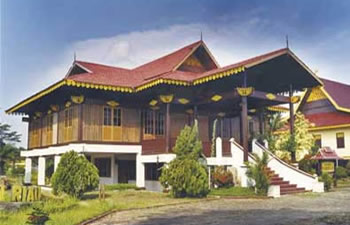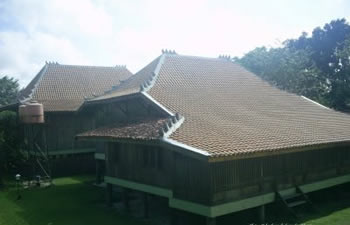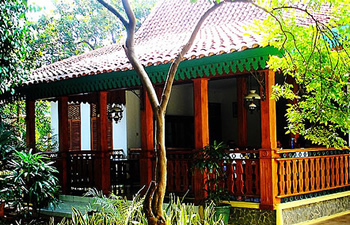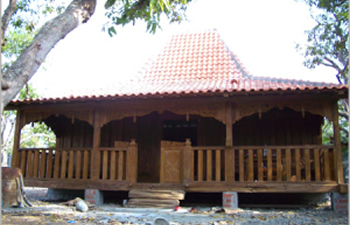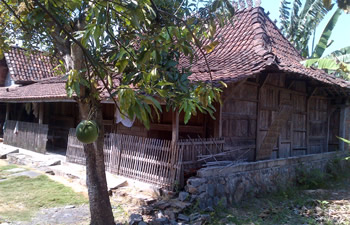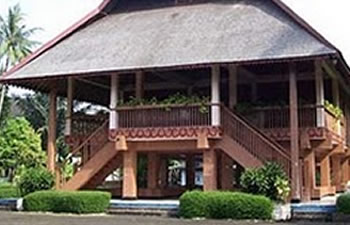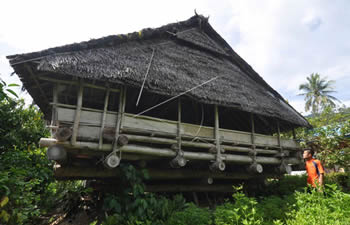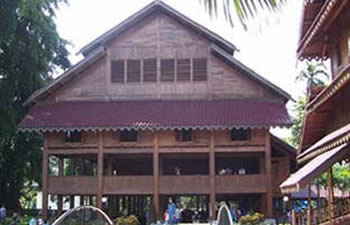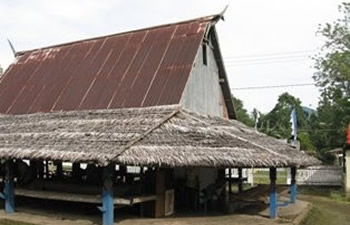Traditional Wooden Houses
The Traditional Wooden Houses in Indonesia, the house provides the main focus for the family and its community. Rumah adat or Traditional House are at the centre of a web of customs, social relations, traditional laws, taboos, myths and religions that bind the villagers together
The earliest Austronesian structures were communal longhouses on stilts, with steep sloping roofs and heavy gables, as seen in the Rumah Adat Batak and the Torajan Tongkonan. Variations on the communal longhouse principle are found among the Dayak people of Borneo, as well as the Mentawai people in Nias Island.
The norm is for a post, beam and lintel structural system that take load straight to the ground with either wooden or bamboo walls that are non-load bearing. Traditionally, rather than nails, mortis and tenon joints and wooden pegs are used. Natural materials - timber, bamboo, thatch and fibre - make up rumah adat. Hardwood is generally used for piles and a combination of soft and hard wood is used for the house's upper non-load bearing walls, and are often made of lighter wood or thatch. The thatch material can be coconut and sugar palm leaves, alang alang grass and rice straw.
Traditional dwellings have developed to respond to natural environmental conditions, particularly Indonesia's hot and wet monsoon climate. As is common throughout South East Asia and the South West Pacific, most rumah adat are built on stilts, with the exception of Java and Bali. Building houses off the ground on stilts serve a number of purposes: it allows breezes to moderate the hot tropical temperatures; it elevates the dwelling above stormwater runoff and mud; it allows houses to be built on rivers and wetland margins; it keeps people, goods and food from dampness and moisture; lifts living quarters above malaria-carrying mosquitos; and reduces the risk of dry rot and termites
The sharply inclined roof allows the heavy tropical rain to quickly sheet off, and large overhanging eaves keep water out of the house and provide shade in the heat. In hot and humid low-lying coastal regions, homes can have many windows providing good cross-ventilation, whereas in cooler mountainous interior areas, homes often have a vast roof and few windows.
Please feel free to contact us +62819 4492 9999  /whatsapp, if you need any information, We would be glad to giving you the assistance as you required.
/whatsapp, if you need any information, We would be glad to giving you the assistance as you required.







